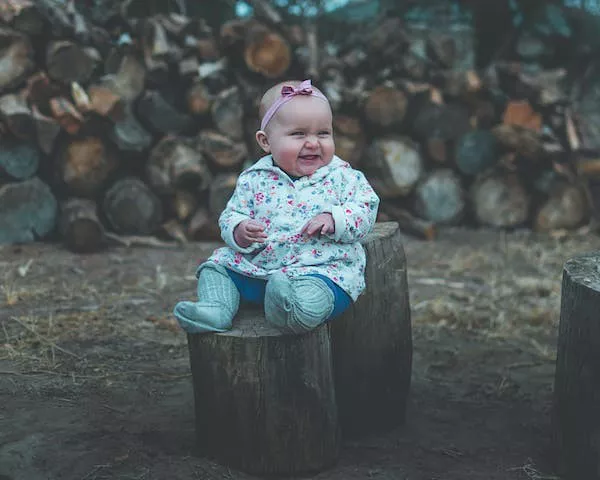Welcoming a new member into the family brings immense joy and excitement, and as your little one begins to explore the world around them, you may find yourself wondering about their footwear needs. One of the questions frequently asked by parents is, “What size shoe does a 9-month-old wear?” As your baby grows and starts to take those adorable little steps, it’s important to ensure their shoes fit comfortably and support their developing feet. In this comprehensive guide, we’ll delve into the details and provide valuable insights to help you find the perfect fit for your 9-month-old’s tiny feet.
Aspect 1: Understanding the Importance of Proper Footwear for Your 9-Month-Old
As your baby transitions from crawling to those tentative first steps, their feet play a crucial role in their overall development. Choosing the right shoe size is not just about fashion – it’s about providing the necessary support and comfort for healthy growth. At 9 months old, your baby’s feet are still soft and pliable, and the bones are gradually forming. Ill-fitting shoes can hinder their development and even lead to discomfort.
Aspect 2: How to Measure Your Baby’s Feet for the Right Size
Measuring your baby’s feet accurately is the first step in finding the perfect shoe size. Remember, babies’ feet can grow rapidly, so it’s essential to measure both feet every time you’re looking for new shoes. To measure your baby’s feet:
Gather a soft measuring tape, a piece of paper, and a pen.
Place the paper on a flat surface and gently place your baby’s foot on it.
Hold the foot in place and carefully mark the heel and longest toe.
Measure the distance between the marks using the measuring tape.
Repeat the process for the other foot.
Aspect 3: Factors to Consider When Choosing Shoe Size
Selecting the right shoe size involves more than just length. Here are some factors to consider:
Toe Room: Ensure there’s about a thumb’s width (around half an inch) of space between your baby’s longest toe and the front of the shoe. This allows room for natural growth and prevents discomfort.
Width: Babies’ feet can vary in width, so opt for shoes that provide a snug yet comfortable fit without squeezing the toes.
Flexibility: Look for shoes with flexible soles that allow your baby’s feet to move naturally. Avoid rigid or overly stiff shoes.
Fastening: Shoes with adjustable straps, laces, or Velcro provide a customizable fit, ensuring the shoes stay on securely.
Aspect 4: Common Mistakes to Avoid When Buying Baby Shoes
Navigating the world of baby shoes can be overwhelming, and there are a few common mistakes parents should avoid:
Buying Oversized Shoes: While it might be tempting to buy shoes a size larger to accommodate growth, oversized shoes can lead to tripping hazards and discomfort.
Neglecting Width: Just like length, width matters too. Shoes that are too narrow can cause discomfort and affect proper foot development.
Skipping Socks: Socks play a role in the overall fit. Make sure your baby wears the same type of socks they’ll wear with the shoes during the fitting.
Ignoring Signs of Discomfort: Watch for signs of discomfort like fussiness, red marks, or blisters. If your baby seems uncomfortable, the shoes may not be the right fit.
Aspect 5: Choosing the Right Shoe Style for Your 9-Month-Old
While finding the right size is essential, choosing an appropriate shoe style is equally important:
Soft-Soled Shoes: For pre-walkers and early walkers, soft-soled shoes provide flexibility and mimic the sensation of being barefoot, promoting healthy foot development.
Supportive Sneakers: Once your baby is more confident in walking, opt for supportive sneakers with non-slip soles to provide stability and grip.
Breathable Materials: Look for shoes made from breathable materials like leather or mesh to keep your baby’s feet comfortable and prevent moisture buildup.
Easy On and Off: Shoes with adjustable closures, such as Velcro or elastic laces, make it easier to put on and take off, reducing the struggle during dressing times.
In conclusion, selecting the right shoe size for your 9-month-old is a crucial step in ensuring their comfort and proper foot development. By measuring accurately, considering essential factors, and avoiding common mistakes, you can make informed choices that contribute to your baby’s healthy growth.


